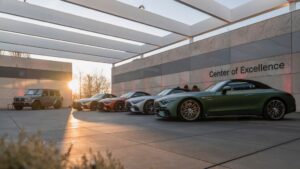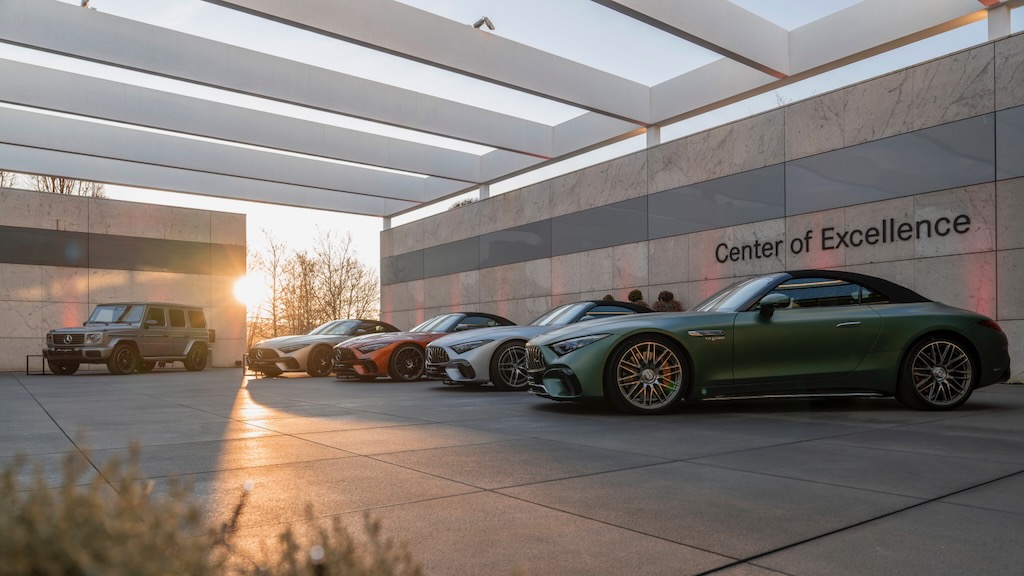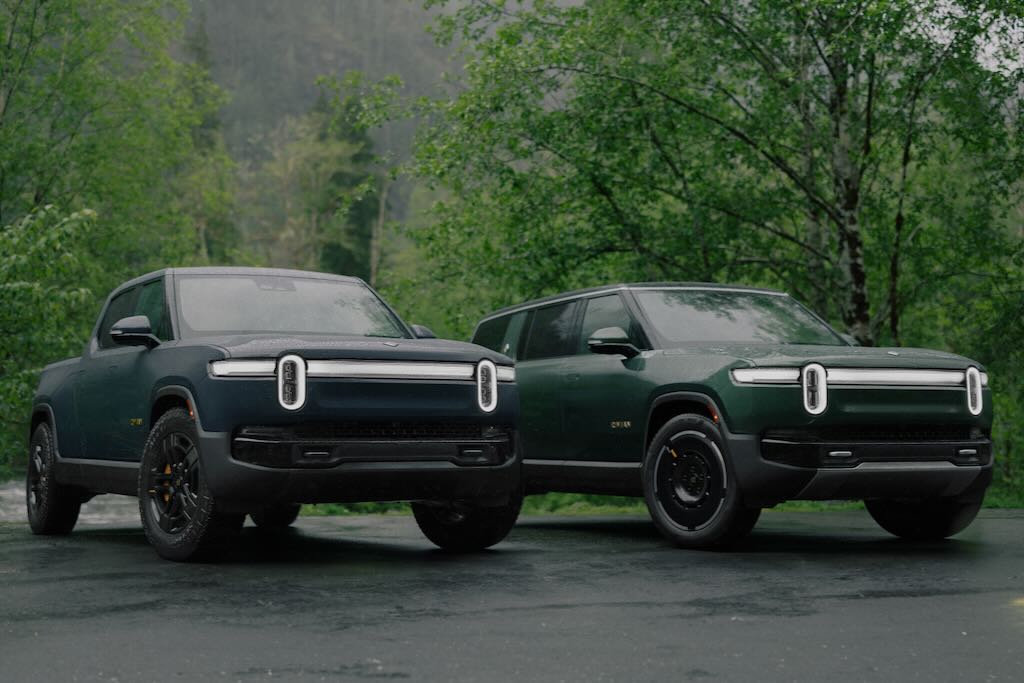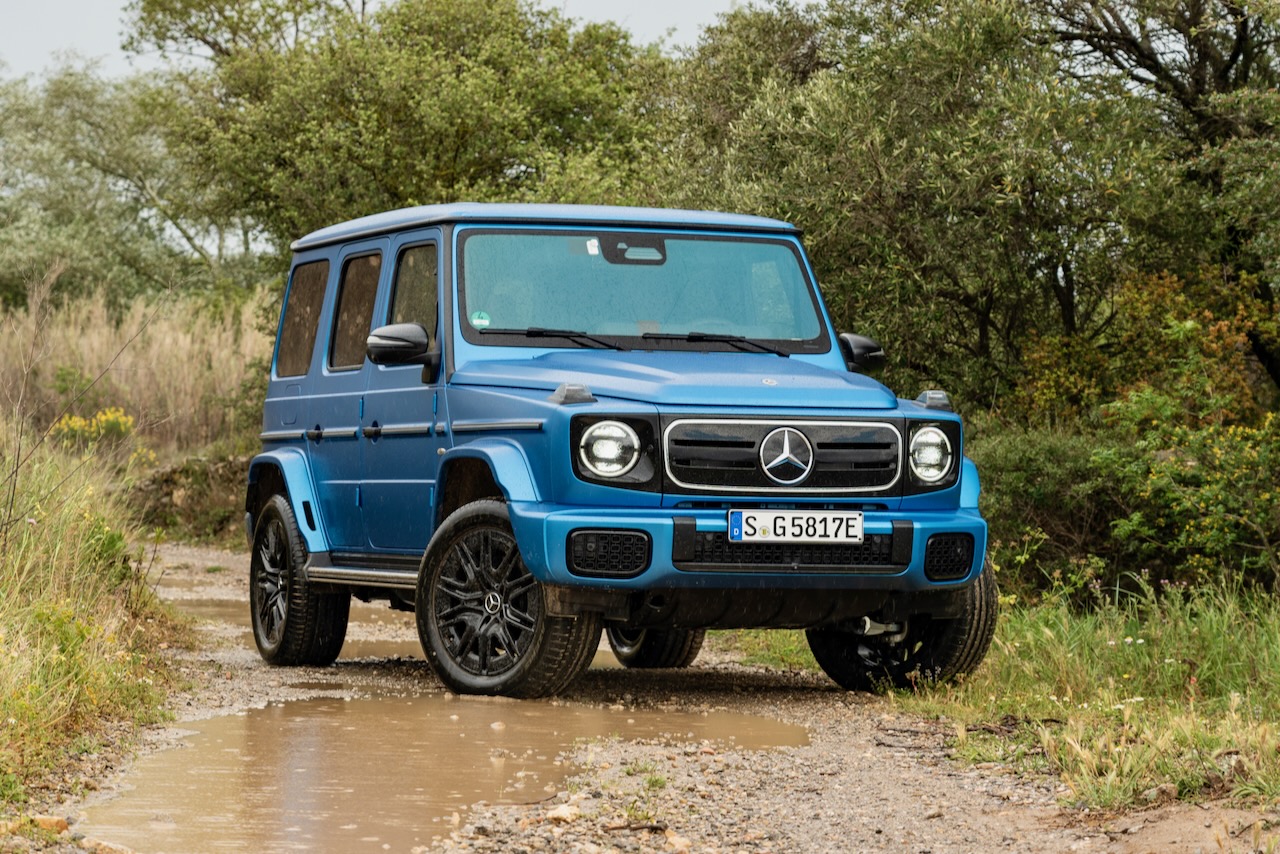The restomod business is booming, a burgeoning industry of makers who take vintage autos and make them drive better than new. Every day, a new boutique manufacturer seems to be entering the scene, promising some fresh take on a classic car. The idea is to deliver all the allure of the original machine with none of the vintage compromises, a “reimagining” that drives better than new.
LA-based Icon 4X4 was among the first wave of restomod companies, earning co-founder and CEO Jonathan Ward a position as one of the most respected builders in the world. Now, despite flourishing in an industry with an obsessive reverence for all things vintage, he’s embarking on a potentially disruptive business pivot that even he’s a little nervous about.

Ward and Icon 4X4 are taking on EVs, pausing development on new internal combustion vehicles to focus on battery-powered ones.
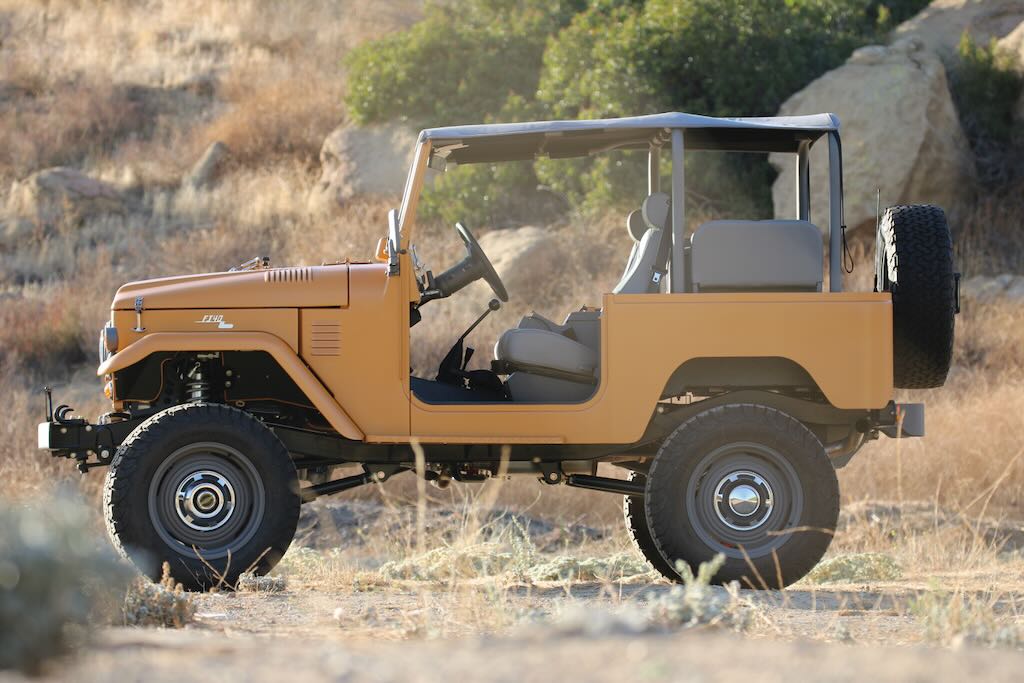
Fifty-four-year-old Ward is a former child film and television star, regularly appearing in ‘80s TV classics like “Charles in Charge,” taking a leading role in the 1988 sci-fi comedy “Mac and Me,” and also playing a role in the 1989 tear-fest “Steel Magnolias.” After deciding Hollywood wasn’t his thing, Ward followed a circuitous path to automotive royalty. He founded Icon 4X4 in 2007 with his wife Jamie, building off their successes at recreating FJ-series Land Cruisers. Toyota’s 1960s-era off-roader is highly prized among retro-minded collectors, and Icon’s reimagining of that rig, plus subsequent follow-ons, cemented the company’s reputation as a brand that creates truly special modernizations of cars without losing their inherent classic feel.
Making an Icon
Icon’s reborn classics come with major suspension and interior refinements and big power upgrades, usually in the form of large-displacement V8s. A modernized 1960s Bronco 4X4 built by Ward’s company can cost well over $300,000, a price tag typically reserved for Ferraris, not Fords.
I spoke with Ward while he was vacationing in San Miguel, Mexico, hunting for fabrics for another of his projects, Campfire Coats. It was a delightfully rambling conversation where we covered everything from in-vehicle networks to the challenges of retrofitting steering racks. Ward was all too happy to delve into his passion for this growing movement away from internal combustion and into electrification.

“You know, when Icon started, we were kind of the first goobers in this modern restomod space, followed by Singer and all these other companies,” he said. “But up until that point, and even today, people that haven’t heard of the brand discover it and go, ‘Oh my god, I can have the best of both worlds… I can have the vintage style and character and distinction and quality, but I can have modern drivability.’”
Increasingly, modern drivability means EVs. Though electric vehicles made up only 7.6% of the U.S. car market in 2023, sales of battery-powered machines jumped 50% over the prior year. Interest in EVs is surging, and Ward’s passions are similarly progressing past V8s.
“When you introduce EV into the mix, it’s a whole different demographic that likely would have never known about us or engaged with us whatsoever,” Ward said. He’s aware of some of the recent negative press surrounding EVs, plus the compromises they require, but that’s less of a concern in this space. “Consumers who are going to buy an Icon EV, it’s not their daily driver. It’s for specific lifestyle or locale or mood or vibe or weekend.”
Early Electrification
Icon’s first efforts on the EV restomod front were oddities, including a 1974 Volkswagen Thing, a slab-sided convertible with Beetle underpinnings; and a 1966 Fiat Giardiniera, a stretched version of the tiny Fiat 500 supermini. But it was something much larger, a 1949 Mercury Eight, where everything came together.
The Mercury Eight is a particularly significant model on the tuner scene, a long-time object of customizer obsession. The sedan’s already prodigious length is often visually augmented by dropping the roof and stripping away much of the chrome and badging, yielding gleaming, perfectly polished machines often called “lead sleds.”

Ward’s Mercury is different, showing as much rust as paint and sporting more patina than a Roman artifact. The magic, though, lies under that corroded bodywork, a complete mechanical reinvention of the sort you’d never imagine at a casual glance. Despite the lack of internal combustion, finding a way to cool all those electrical components was one of the biggest headaches. Since the Mercury wasn’t designed for this kind of configuration, Ward and his team needed to come up with a completely custom solution.
“We actually ended up befriending a thermal dynamics flow engineer at a local college to help us through that brain drain,” he said. They ultimately sourced a compressor from an 18-wheeler to handle cooling duties.
Ward’s team filed patents for the way the powertrain connects to the wheels, a dual-motor setup that runs inline where the transmission had been.
While a restomod is all about maintaining character amidst a flurry of modern updates, Ward believes the manual transmission experience is not worth preserving in an EV. “You’re going to use a maximum of two forward gears, if any,” he said.
Defining a Platform
Despite all the headaches and challenges faced in building “the Merc,” Ward was not deterred. He was emboldened, pausing development on an internal combustion project to instead develop an electric vehicle platform for the next generation of Icon restomods.
In the automotive world, a platform is the fundamental internal architecture of a car, a set of common components and the requisite software to connect them, which can be shared across multiple models. Large manufacturers use platforms to simplify new vehicle development. This is particularly important as more and more manufacturers embrace electrification, a pivot requiring stratospheric levels of investment.
Hyundai Group, for example, developed the E-GMP platform to underpin its current-generation EVs across all its brands. Cars running on that platform include everything from the slippery little Hyundai Ioniq 6 sedan to the luxurious Genesis GV60 crossover and even the big, three-row Kia EV9 SUV.
The company hopes to sell millions of E-GMP EVs across all its brands, enough to recoup that initial investment readily. For Icon 4X4, which builds just 40 cars per year, the path to platform profitability is challenging.
Ward puts it more succinctly: “Because my volume is so low, we can’t amortize anything for shit.”

For its own EV pivot, Icon is starting with its most popular products. “We intend to electrify our whole fleet of the production vehicles we build, meaning the Broncos, the FJ series, and the 47 to 53 Chevy pickup line,” Ward said. The Ford, though, will come first. “The Bronco is just so on-trend culturally these days, it won out,” he said. “So, we’re currently building an all-wheel-drive, transmission-less, first-generation Icon Bronco EV.”
That shift to prioritize electrification when expanding the Icon 4X4 lineup was not a decision made lightly, and even now, Ward is not without doubt. Before this shift, Ward’s team had been working on a next-generation internal combustion project. “We put that on hold because the demand for the EV has been so strong. And then now I see all this negative EV press,” he said.
Ward said some EV criticism is justifiable, particularly regarding confusion around local and federal incentives, plus the sad state of the U.S. charging infrastructure: “But I really believe in it. As a business decision, I think it could prove to be quite interesting because I’ve already seen, just in early discussions, that it really brings a whole new demographic into our space.”
While that new, likely younger demo craves electrification, Icon can’t ignore the demand for more traditional powertrains. Those V8s aren’t going away anytime soon. “At this point, I don’t see the market being interested in us doing only electric,” Ward said.
For now, at least, it makes sense for Icon to cover all its bases, but the shifting demand will be interesting to watch. Just like you didn’t have to be a kid in the ‘60s to want a first-gen Bronco today, you certainly don’t have to be an environmentalist to want your next Sunday cruise to be battery-powered.




